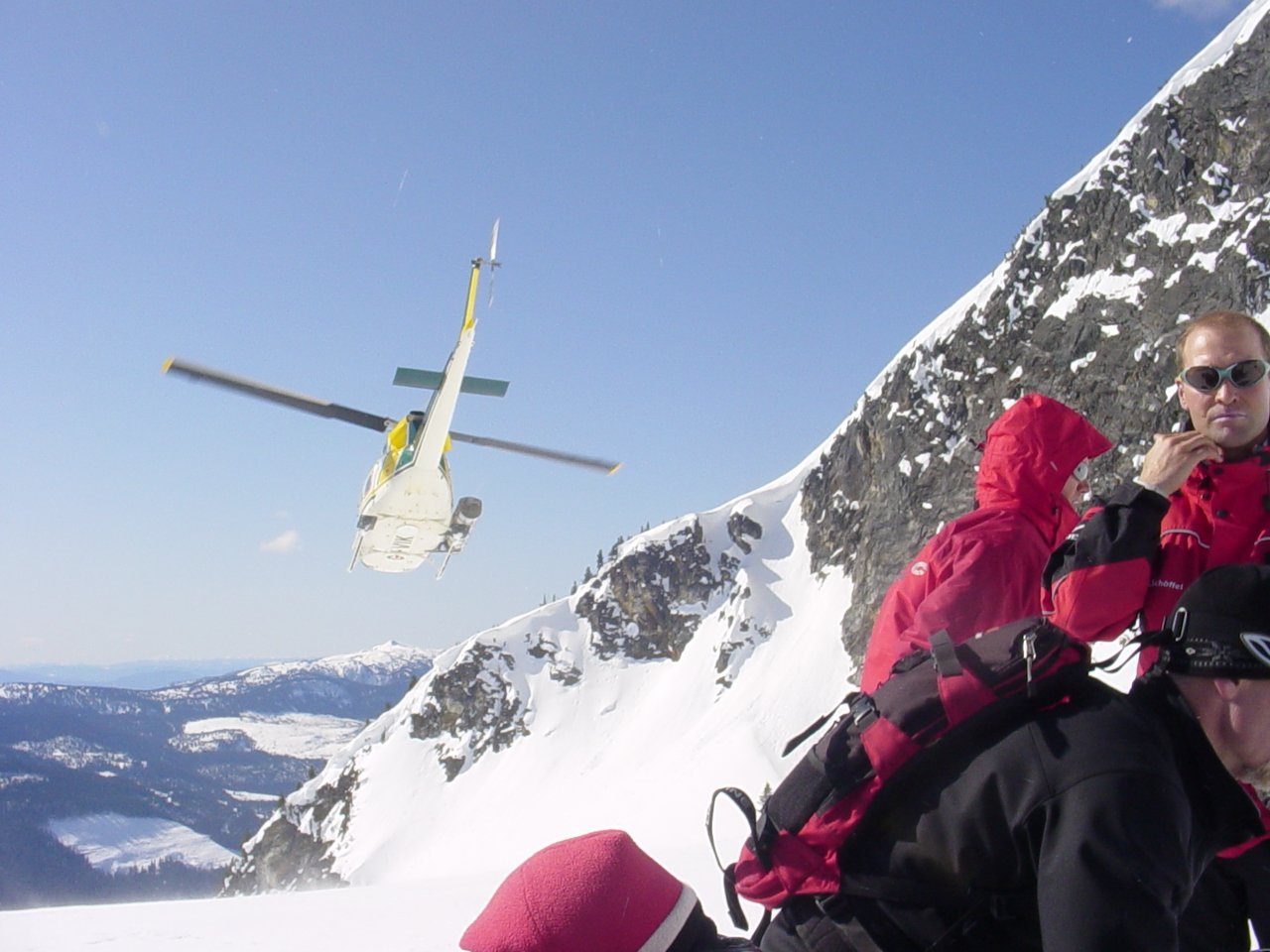Blackcomb Glacier, 4 February, 2024
Connecting Dots is the monthly newsletter for global professionals leading innovation.
◎⁃◎
Innovation Leadership - 5y Insights
Five years ago I started this newsletter. An exploratory journey, that crossed many streams (hence the lead image). Initially, it was a way to develop my perspective and answer my questions on the mysteries of innovation leadership. I’ve also discovered many readers share the interest.
Today, I see this newsletter was a springboard to the creation of a leadership development practice for global executives with innovation responsibilities. Central to this work has been the Innovation Leadership Map, a framework and leadership development process I created in 2021 based on a decade of research. The methods have since been road-tested on over 500 professionals with a 100% renewal or referral rate.
It seems I’m on the right track. Therefore, I thought now was an opportunity to capture a few front-line lessons gained along the way.
“The Innovation Leadership Map has pushed the boundaries of leadership.”
~ Global Head of R&D Director at FTSE 30 Company
You’re Not Alone
Unexpectedly, it was the high performers who have the most questions and fewest answers as to why innovation is so damn hard. Despite being accomplished and even famous executives, their frustration can run deep. Sometimes at heavy professional and personal costs. Notably, they are the most motivated to seek out better answers and methods to succeed.
Today, I can confidently say that while innovation leaders often feel alone, their experiences are shared by other innovators. Curiously, this is particularly true in organizations revered for innovation. In our work together, when they see labels describing how one navigates aspects of innovation work, such as risk or empowerment, it often brings great relief to individuals and teams to learn they are not alone—physical laughter or cry-out-loud relief.
Loneliness is partly explained by a common revelation that the culture of how innovation is understood is quite primitive. I’d suggest this is a symptom of too many theories competing to explain the same thing. It’s confusing. What missing is a tangible, evidence-based and practical approach to developing one's leadership practice.
Innovation is Emotional
More specifically, what’s missing is a leadership practice that is not techno-centric and is instead behaviour-centric. A practice based on the reality that every situation is different, emotions are always influential and how they show up varies over time. Innovation leadership can be a practice that any professional can apply if they choose or are called upon—not just an elite cadre of heroic innovators with special jargon.
As one participant remarked, “I want to innovate, not be an innovator”.
Logically, I've also found that most of us want to deny that innovation is highly uncertain. We want to believe that it can be neatly codified or indefinitely repeated. However, that wish is an illusion. Most innovation processes or theories are rarely successfully repeated in a different context or situation. To paraphrase Heraclitus, you never step into the same river twice.
Your Practice Can Develop
The most exciting finding over the past few years is that we can in fact develop a practice of innovation leadership. We can integrate new and existing tools, frameworks and theories to empower innovators to face and navigate challenging behavioural dynamics in real-time. The results are exceptional, at a time we need more professionals rising to the call of innovation.
My sense and the data I receive tell me that we need leaders to elevate their knowledge and practices for working with the hidden behavioural dynamics of innovation and change resistance. It’s evident to many that 20 years of techno-optimism has turned to techno-anxiety. Innovation was already challenging in the euphoric years and arguably will be even harder going forward.
Yet again, the good news is that leaders can tangibly develop their practices and capabilities to successfully navigate the organizational dark matter disturbed by innovation. You may be asking how. Well, that’s more than a single article.
You Want More
At the moment I’m writing a research paper explaining my methods and findings to deepen the body of evidence for how to develop more impactful, resilient and satisfied innovation leaders. A key aspect of this paper is not to present a single new theory but rather to integrate many theories and methods into a single accessible practice.
The main paper likely won't be published until 2025. If you want a preview or an in-depth practice case please get in touch.
Before then, I can still offer you some helpful material to advance your practice today. I’m very drawn to integrated evidence, theory and practice that stands the test of time over fashion. That is why I want to share recent reissues or extensions of research from three exceptional academics who also do real work on the inside of organizations. Thanks to Henning at INSEAD who ran a series of intimate seminars with the authors coinciding with publishing dates.
xTEAMS
As an executive overseeing a portfolio of innovation, what are the outward-looking drivers that enable you to realize your goals?
https://www.xlead.co/xteams
Right Kind of Wrong, the Science of Failing Well
As a manager working through the idealization and demonization of experiment results, how do you learn without losing resilience?
https://www.simonandschuster.com/books/Right-Kind-of-Wrong
The Friction Project
As an expert in a team trying to improve a process, service or product how can you help people do more of what’s in their interest by adding or removing friction?
https://www.bobsutton.net/book/the-friction-project/
◎⁃◎
Learn more about Brett’s leadership development practice for global executives with innovation responsibilities.
◎⁃◎



